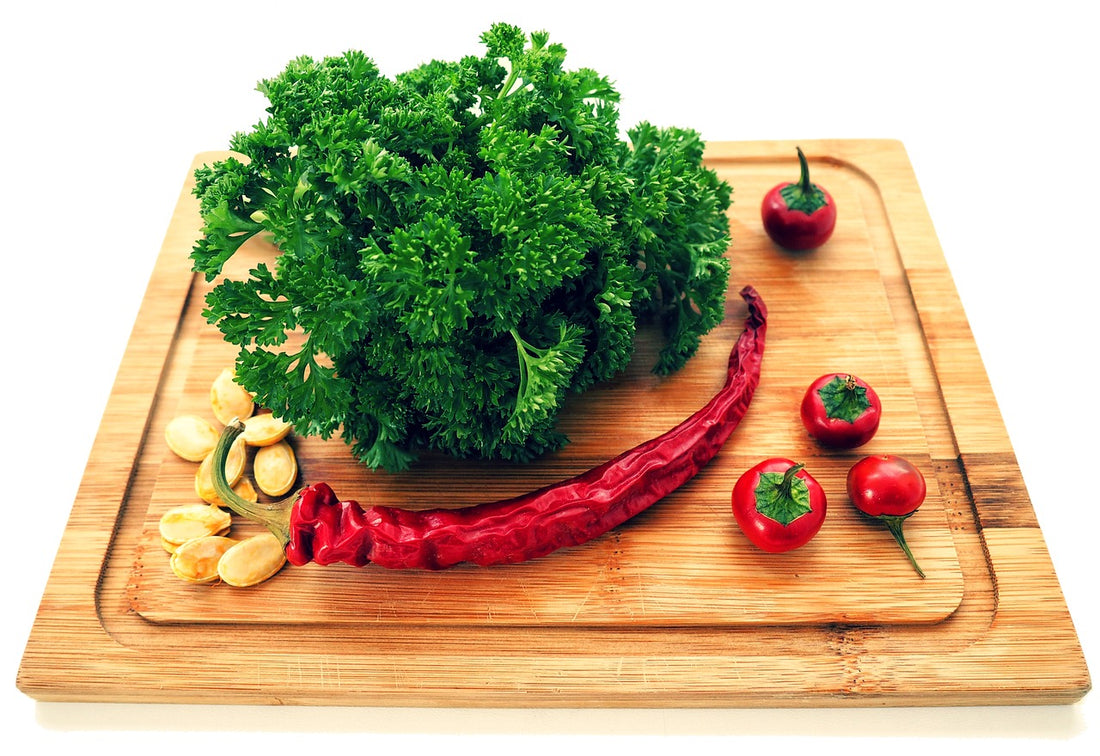
Are Bamboo Products Eco-friendly?
Share
In today’s world, everyone knows we are destroying our natural resources. Due to deforestation and overpopulation, the environment is in a critical state. We often listen to reports about global warming, greenhouse effects, and more that are affecting our lives. For our better future, we need to be friendly to nature.
Being nature-friendly has paved the way for the betterment of the environment. We are making changes in our lifestyle and the use of products in our daily life. Instead of wood or plastic made products, we have become inclined to bamboo products. People, in large numbers, are turning to save the environment with the use of bamboo-made products, as it is well known that bamboo products are eco-friendly. This write-up has disclosed how they are friendly to the environment, so keep reading.
Renewable Resource
Bamboo can be harvested from one to five years and be ready for making products and decorative items. Compared to hardwoods, such as oak, it takes around 40 years before you can begin harvesting. The adaptability of bamboo products, like tables, chairs, and caddy tray, will help us to reduce the rate of deforestation.
Reduction in Greenhouse Gases
In the Western world, we know there is a huge increase in carbon footprint in the environment. Bamboo releases approximately 35% more oxygen and absorbs more carbon dioxide. That means bamboo is better for the atmosphere in comparison with other plants and trees.
Amazing Growth Rate
Some bamboos grow around 3 feet in a day. There is no plant or tree that can parallel such a rapid growth rate. Many trees, like oak and mahogany grow much more slowly.
In addition, bamboo re-grows from the same place where you cut down the previous one. That means it is unnecessary to cultivate more land to plant bamboos. Using bamboo products means you are saving the environment around you.
Maximum Usage
When making products from wood planks, you have a waste of wood from the cutting process during the preparation of planks. On the other hand, every part of bamboos is usable after harvesting. You can utilize each part of bamboos for making chopsticks, soil-enriching mulch, and beautiful furniture pieces, such as drawer organizers, stools, and benches.
Versatility
The use of bamboo products is increasing with each passing day. Flooring, clothing, furniture, building materials, paper, and charcoal are the current applications for which bamboos are used. Expect to find more and more bamboo products in the near future. People are more conscientious about the environment so the list of using bamboos for more products is growing.
No Need for Pesticides, Chemicals
Unlike wheat, paddy, maize, and other cash crops, bamboo doesn’t need agricultural chemicals to ensure growth. Cotton, a universal crop for clothing across the globe, depletes the soil nutrition rapidly. On the other hand, bamboo restores nitrogen and other nutrients back into the soil and doesn’t need any chemicals from cultivation to harvesting.
Economic Development
The production of bamboo creates job opportunities for people in rural areas and poor countries with high unemployment.
No Specific Region or Soil Required
Bamboo can grow in a wide range of conditions, like arid regions, wet and cold areas. In drought areas, bamboo will help with soil preservation.
Soil Protection
After cutting other trees or crops, the next step is to cut or burn the stumps to give space and fertilizer for the crops you plan to grow next. This process invites soil erosion and washes away the soil’s nutrients. The eroded soil becomes a barrier for water flow in the river and affects people’s lives. On the other hand, bamboo routes remain in the soil for the re-growth of bamboos at the place they were cut.
Conclusion
Opting for bamboo products will always be beneficial for the environment. As you use more and more bamboo products, there will be a need for growing bamboo on a larger scale, which will help us save the atmosphere around us.
